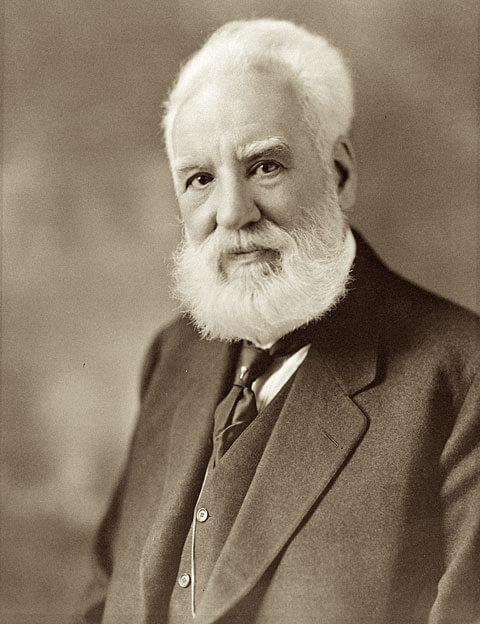- 1900's -
The Home Phone
As transmitter technology improved the candlestick phone became obsolete, replaced in the 1920’s by personal home phones that had a receiver and transceiver in one handset. These phones would with switchboards in large cities usually were mounted floor to ceiling in order to allow the operators to reach all the lines in the exchange. Milo G Kellogg devised the Divided Multiple Switchboard for operators to work together, with a team on the "A board" and another on the "B." These operators were almost always women until the early 1970s, when men were also hired.



